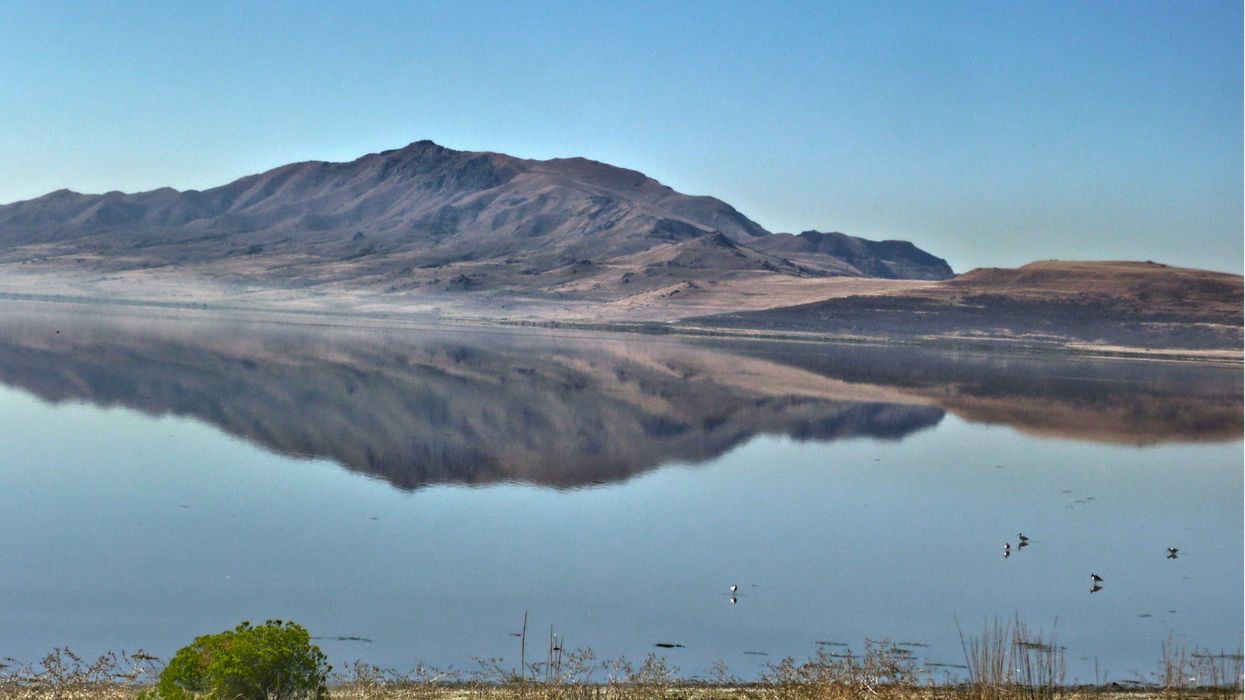A new study finds that more than 80% of EU marine protected areas offer minimal protection against industrial activities, risking biodiversity goals for 2030.
Karen McVeigh reports for The Guardian.
In short:
- A study revealed that most EU marine protected areas fail to stop industrial activities like bottom trawling, mining and dredging.
- The EU aims to protect 30% of its seas by 2030, but low levels of protection in 86% of these areas make that goal unlikely without major regulatory changes.
- Greece and Sweden are among the few countries taking action, with Greece banning bottom trawling in its protected waters earlier this year.
Key quote:
"This shows that we are at the very beginning of protecting our oceans."
— Juliette Aminian-Biquet, lead author of the study and researcher at the University of Algarve, Portugal’s centre for marine sciences
Why this matters:
Weak protection in marine areas allows damaging activities to continue, endangering species and habitats. Without stronger regulations, the EU risks missing critical biodiversity targets.
Read more:














